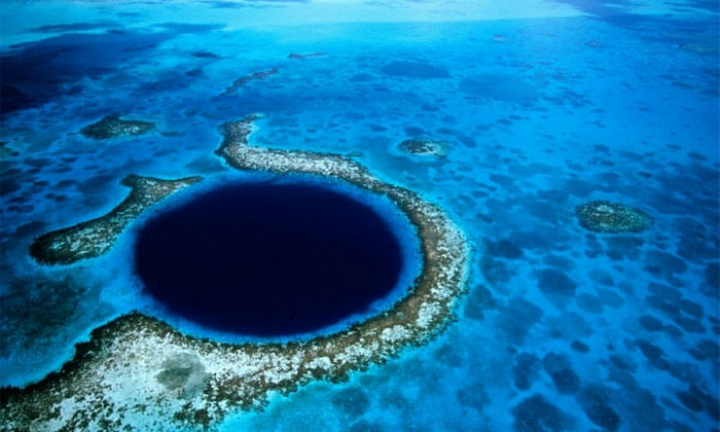Environmental Mission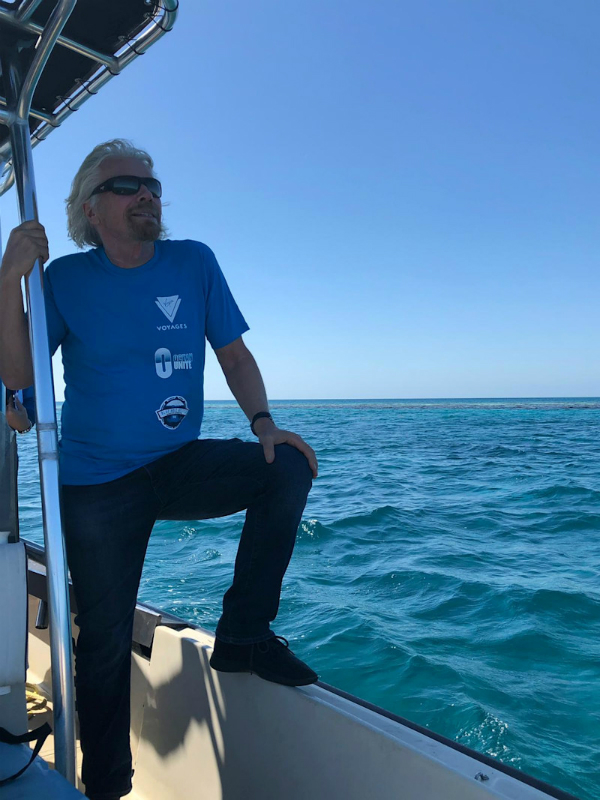
It’s a well-known fact that Sir Richard Branson is an environmentalist and he wisely uses his position of being a public figure and obviously a billionaire to promote awareness on sudden climate change and ways to counter this situation in an effort to create a more sustainable environment for the generations to come. Moreover, he even went on to host a global warming summit at his private British Virgin Islands. It was in 2006 when he allocated a sum of $3 billion to fight global warming. It was his love and passion for the environment that took him all the way to the Blue Hole in Belize.
A Wave Of Media Coverage
This mission, in particular, was a lot different from the ones that had been carried in the past. This was history in the making as the expedition was supposed to be the deepest dive any scientific team had made before. The diving point, however, was neither the deepest point of the region nor was it the world’s deepest sinkhole, it was the unexplored exotic interior and its biological and geological history that raised tantalizing questions in everyone’s mind.
Cozy Ride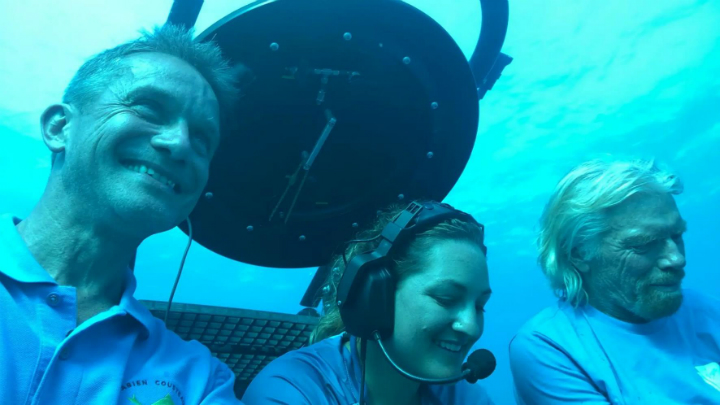
The last time an underwater expedition received as much coverage and excitement was when the Titanic director James Cameron took a dive into the Mariana Trench, and the celebrity status boasted by the passengers on the submersible was nothing less than the iconic movie and its stars. The submarine that had been carrying them had a giant dome over the top of it, that allowed one view overhead, their sides, front and behind.
Cave Formations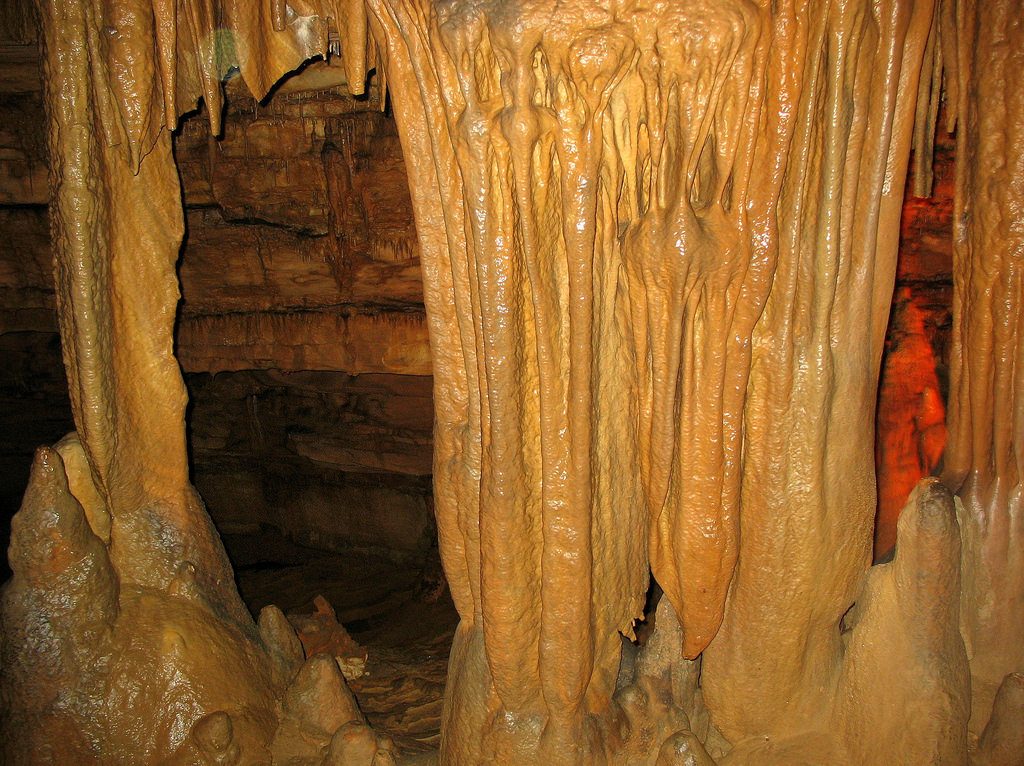
The submarine was about to hit the bottom of the Blue Hole and it was just before when the visibility underwater dissipated. Having said that, soon after a formation appeared and to them which was a clear testimony as to how and what shaped this geological structure. The presence of such hanging stalactites is only possible if the structure had once been located on dry land and formed through water dripping into the cave. This cave structure was 43 miles from any water body, so how did it end up under 400 feet of Ocean?
An Ominous Warning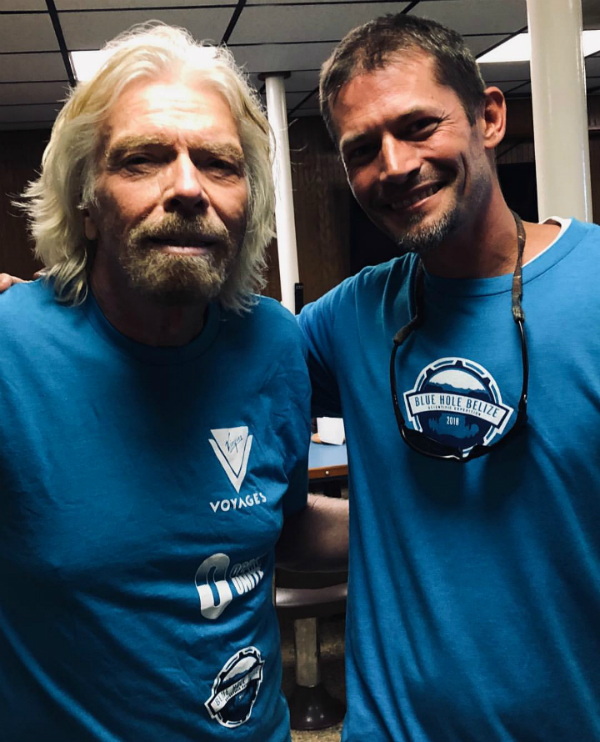
The business tycoon Richard Branson described seeing the cave as “One of the starkest reminders of the danger of climate change that he had ever seen.” The scientists concluded that this sinkhole was the fallout of a massive ice melt due to climate change at the end of the last Ice Age era. A vast swathe of land was swamped due to the dramatic rise in the Caribbean Sea water levels. Branson noticed an obvious shift in the color and formation between the rocks above the surface and the rocks underwater. Were the conditions a sign of warning for a future calamity?
Mineral Layers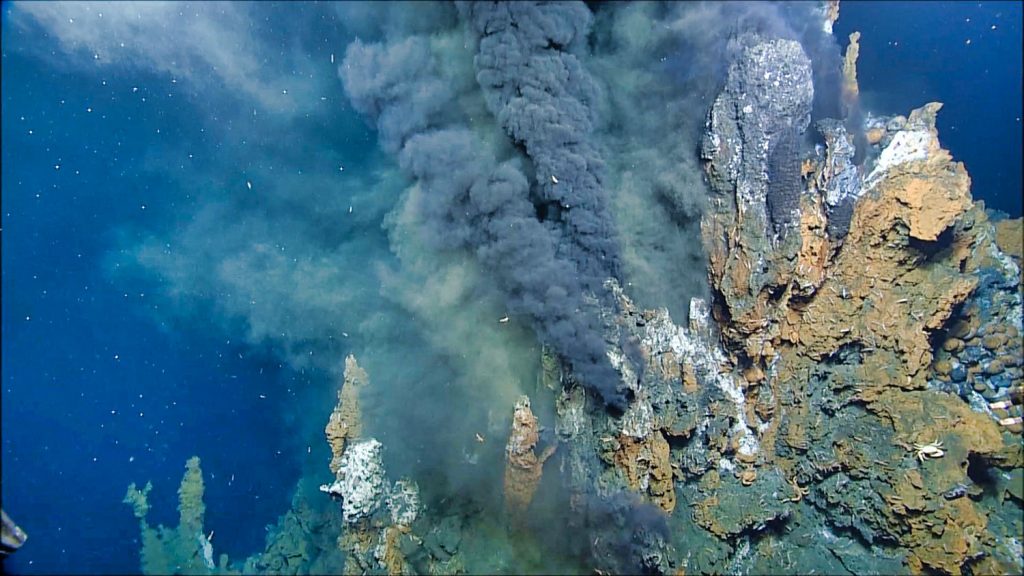
A team of researchers from Rice University and Louisiana State University had arrived at the site to accompany Sir Richard Branson, Erika Bergman, and Fabien Cousteau at the Blue Hole of Belize. However, they had an entirely different objective i.e. to collect samples and document the chemical composition of the structure’s walls. The team was suspicious if there was a correlation between the decline of civilization on Belize’s land and the Blue Hole. They picked up samples of sediment which after analyzing were dated to be between 800 and 1000 CE. However, they would soon discover a fact that had the potential to answer one of history’s greatest mysteries.
